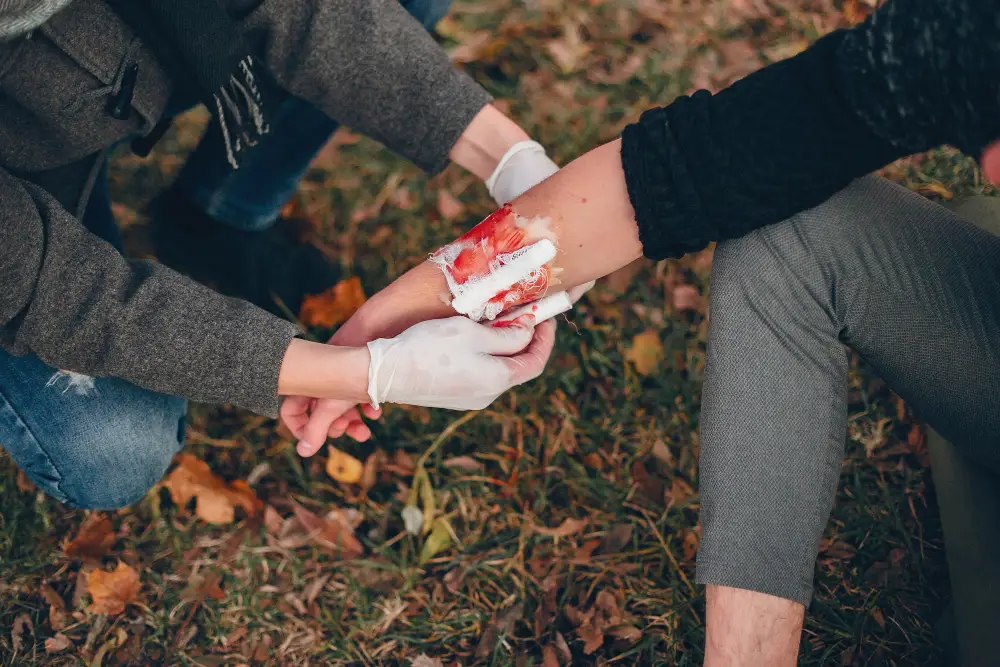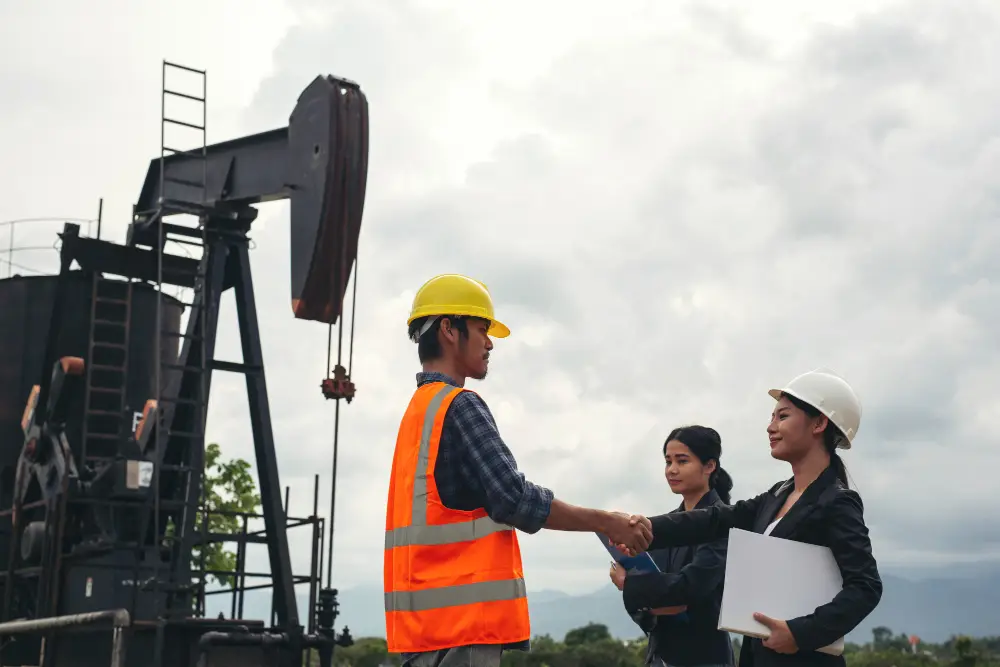 The tragic scenario is all too common: a motorist whose car has broken down is struck by another vehicle as he tries to inspect the problem. Whether you’re in a minor fender bender or are experiencing engine troubles, it’s important to remember some basic tips to prevent injury and keep safe. According to the National Highway Traffic Safety Administration (NHTSA), more than 15 percent of all pedestrian fatalities occur on highways, where fast-moving traffic is the norm.
The tragic scenario is all too common: a motorist whose car has broken down is struck by another vehicle as he tries to inspect the problem. Whether you’re in a minor fender bender or are experiencing engine troubles, it’s important to remember some basic tips to prevent injury and keep safe. According to the National Highway Traffic Safety Administration (NHTSA), more than 15 percent of all pedestrian fatalities occur on highways, where fast-moving traffic is the norm.
In the event of a collision or vehicle breakdown, you can avoid becoming another unfortunate statistic by following these guidelines.
Preparedness and Prevention
- Routine maintenance can help ensure your vehicle is in good working condition. Always check your lights, brakes, windshield wipers, belts and ensure your oil is topped off.
- Have emergency contacts programmed in your phone, whether it’s a friend, family member or your roadside assistance provider.
- Keep a cell phone charger in your vehicle
- Equip your vehicle with a basic safety kit including: jumper cables, reflective triangles or orange cones, a car jack, rope, first aid kit and an instant tire inflator.
Call for Assistance
If your car is seriously damaged in a collision or won’t run, call for help as soon as possible. If you are in a dangerous neighborhood and don’t have emergency roadside assistance, call the police and remain in your vehicle.
Make Yourself Visible
Visibility is essential to staying safe, especially on busy highways where the average speed is 70mph. Turn on your vehicle’s hazard lights and activate emergency flares if you have them.
Moving to Safety
Try and move your vehicle off the road and as far away from traffic as possible. This may be an emergency lane, or the very far side of the shoulder. If you are on a heavily trafficked interstate or freeway, try and make it to the nearest highway exit. If you are unable to move your vehicle away from traffic and worry that you may be struck from behind, carefully exit the car and move to a safer locale. Open the car hood so police or tow trucks will know roadside assistance is needed.
Roadside Personal Safety
Standing next to, in front of or behind a broken-down vehicle is a recipe for disaster, warn AAA experts. If there is no danger of another vehicle striking your own, it is safer to remain inside until help arrives—especially when you’re surrounded by fast-moving traffic.
Collecting Information
If you were involved in an accident, remain with the vehicle until the police arrive. Be sure to gather information from other motorists involved, including their full names, address, policy number and license plate numbers.
How an Auto Accident Attorney Can Help
No matter what the circumstances, car crashes and breakdowns can be frightening, stressful situations. If you were hurt because of another driver’s reckless or negligent actions, you may have a claim for monetary damages. Louisiana attorney Bart Bernard is dedicated to achieving the best possible results for his clients. To schedule a free, no-obligation case review with a skilled car accident lawyer in Lafayette or Baton Rouge, please contact our offices today!
Additional Resources on Roadside Safety:
- AAA, What To Do When Your Vehicle Breaks Down https://exchange.aaa.com/automotive/roadside-assistance/road-safety-tips/#.WqbJOejwZPZ
- Nationwide, Allied Insurance roadside safety tips https://www.alliedinsurance.com/roadside-safety.jsp
- AutomotiveFleet, What to Do (And Not to Do) After a Highway Breakdown http://www.automotive-fleet.com/channel/safety-accident-management/article/story/2013/07/what-to-do-and-not-to-do-after-a-highway-breakdown.aspx



